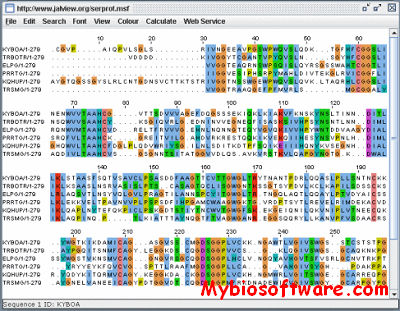MaM 1.4.2
:: DESCRIPTION
MaM (Multiple Alignment Manipulator) is a software tool that processes and manipulates multiple alignments of genomic sequences.MaM computes the exact locations of common repeat elements in multiple aligned sequences, provided by a variety of user identified programs databases and tables.
::DEVELOPER
Lab for Bioinformatics and Computational Genomics
:: SCREENSHOTS
N/A
:: REQUIREMENTS
- Linux
- repeatmasker
- cross_match
- gnuplot
- C Complier
:: DOWNLOAD
:: MORE INFORMATION
Citation
“Manipulating Multiple Sequence Alignments via MaM and WebMaM“,
Can Alkan, Eray Tuzun, Jerome Buard, Franck Lethiec, Evan E. Eichler, Jeffrey A. Bailey, S. Cenk Sahinalp.
Nucleic Acids Res. 2005 Jul 1;33(Web Server issue):W295-8.
